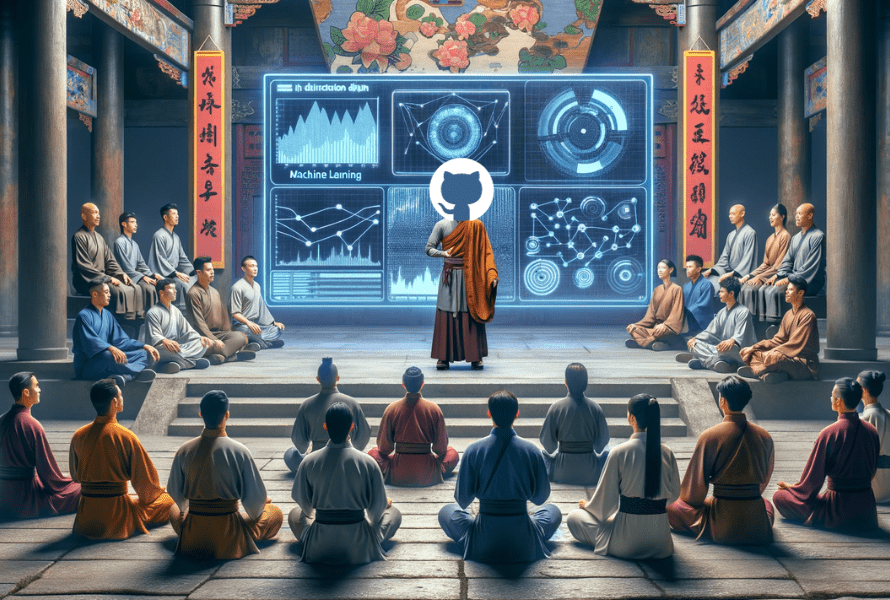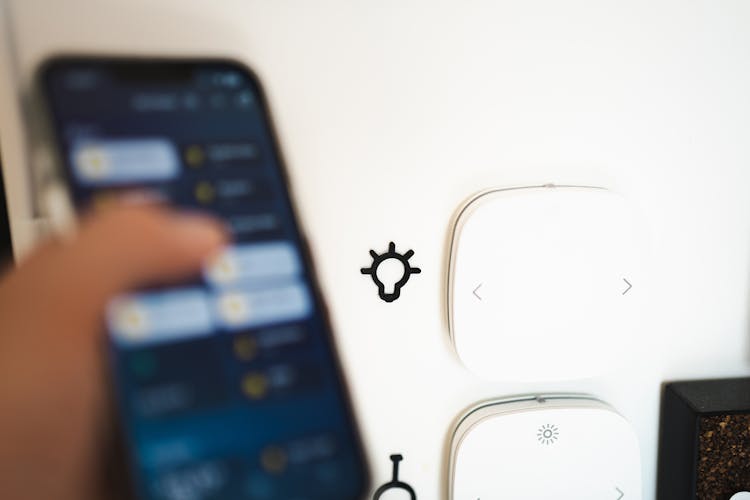[ad_1]
Industries like aviation engineering, pharmaceutics and automotive manufacturing are beginning to rely on artificial intelligence for metrological instrument calibration, valuing it for its unparalleled accuracy and efficiency. How will this technology reshape conventional practices?
AI’s Role in Metrological Instrument Calibration
It shouldn’t be surprising that AI has applications in metrology — the science of measurement — since its versatility and market value are unrivaled. By 2030, it will contribute up to $13 trillion in gross domestic product growth globally. Companies are beginning to leverage it in instrument calibration.
Industries like manufacturing, automotive, pharmaceutics and engineering use metrological instruments like micrometers, thermometers, pH meters, scales and rulers to measure materials and substances precisely. This process is fundamental since it determines whether or not they produce quality products that perform properly.
Since measuring is crucial, metrological instrument calibration is essential. When equipment like a micrometer can gauge a material’s thickness down to 0.001, precision is vital. In industries like aviation manufacturing or pharmaceutics, getting a result even a few thousandths of a degree off could be disastrous.
Unfortunately, conventional instrument calibration is time-consuming and overly complex. Routinely ensuring an instrument’s value aligns with an accurate reference standard can be difficult. Moreover, developing effective procedures becomes increasingly challenging as industries digitalize and adopt novel systems.
Ways to Integrate AI Into Calibration Procedures
AI’s emerging role in metrological instrument calibration shows potential. Since these algorithms can rapidly analyze vast volumes of data and make decisions with little to no human oversight, they excel in periodically calibrating equipment on a pre-defined schedule. Enterprises can use this technology to develop new procedures or assist with adjustments.
A neural-network-based chatbot can easily process complex sequential data, making it ideal for in-depth conversations where attention to detail takes priority. Decision-makers can use it to develop calibration procedures by inputting standards, measurements, equipment and environmental data and asking for a novel step-by-step process.
Alternatively, they can use it to develop code to automate the calibration process. Since large language models like ChatGPT can solve programming problems with a 93.33% success rate, AI’s ability to write code effectively is plausible. Even if a human needs to review output for accuracy, the process still progresses much faster.
Brands can also integrate machine learning into vision technology or sensors. Once AI engineers train the models to identify inconsistencies consistently and perform with high precision, they can deploy them to calibrate equipment quantitatively. These systems could all but replace conventional technologies.
The Major Benefits of Integrating AI Technology
Accuracy is one of the main benefits of integrating AI into metrological instrument calibration. AI is immune to human error, can identify hidden patterns and routinely outperforms its human counterparts, making its output consistently exact. This precision is welcome since measuring down to a thousandth of a degree is often so vital.
Efficiency is another significant benefit, considering workers can increase their productivity by 35% when using AI. If they use this technology to streamline procedure development or automate calibration, they finish sooner. Accelerating these processes enables them to prioritize more complex instruments while minimizing downtime.
AI’s automation capabilities are unparalleled, which may be why generative technology is set to automate around 300 million full-time jobs in the near future. Whether firms use it to automate writing code or inspecting equipment, they streamline tasks and accelerate their time to completion.
Insight generation is a benefit unique to generative models. Chatbots can provide suggestions for process optimization to inform the decision-making process. Team leaders can ask specific questions about timelines, safety precautions or standard adherence to determine where to improve.
The Future of Metrological Instrument Calibration
While AI can’t replace humans, it can automate their daily workload. In other words, companies reliant on metrology should consider using it to streamline and optimize their existing procedures. If enough do so, novel AI-powered calibration technologies may emerge.
Also Read Why Promotional Products Are Essential for Your Business
[ad_2]
Source link



